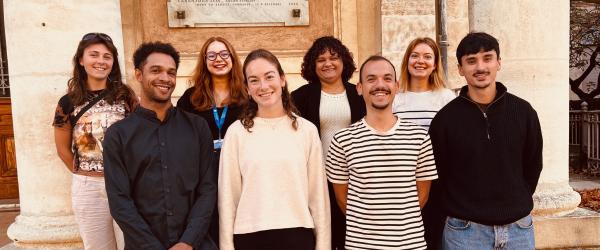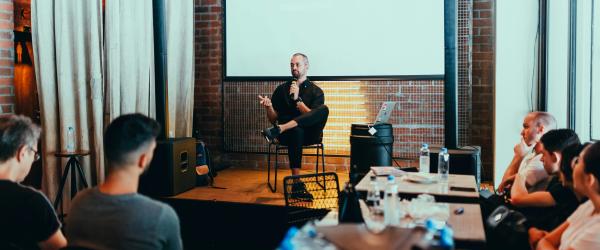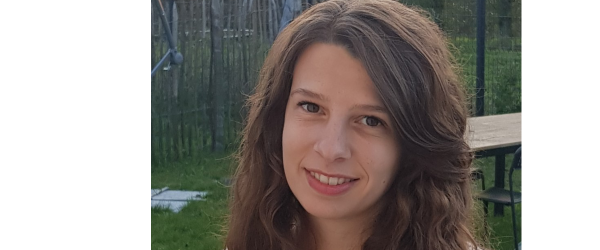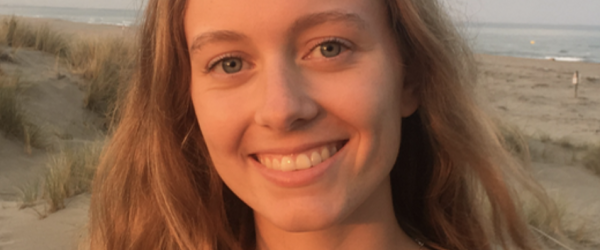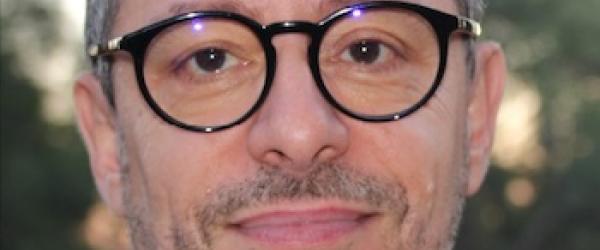Les Séminaires du Lundi accueillent le 13 Mai 11h, Espace Pouillon : Francesca SARGOLINI (Equipe BNCS, Bases Neurales de la Cognition Spatiale https://crpn.univ-amu.fr/fr/equipes/equipe3 ):
Titre : From path integration to distance estimation : role of the medial entorhinal cortex
Abstract : Neuronal processes underlying mammals’ navigation relies on the integration of two types of sensory cues: those extracted from the environment (external cues, e.g. visual, olfactory and auditory) and those generated by the animal own movements (self-motion, e.g., vestibular, somatosensory information, motor efference copy, and optic flow). In darkness or in novel or cue-poor environments, external cues are useless or unavailable and navigation is mainly supported by self-motion cues. This navigation, called path integration, is based on animal ability to estimate its current position by continuously updating its location relative to the starting point. To achieve this, the animal integrates online self-motion cues to sum distances and directions along the path. In the first part of my talk I will provide experimental evidence showing that the medial entorhinal cortex (MEC) is a major component of the brain network involved in path integration. Then, I will focus on the neural processes involved in computing distances during navigation. Path integration abilities possibly rely on the activity of a particular type of space-coding neurons within the MEC that are called grid cells. By studying their activity in behaving rats we have shown that 1) grid cell firing properties are shaped by distance information and 2) grid cell activity coupled with MEC-LFP oscillations in the theta band provide an efficient mechanism to compute distances on a trial by trial basis.











